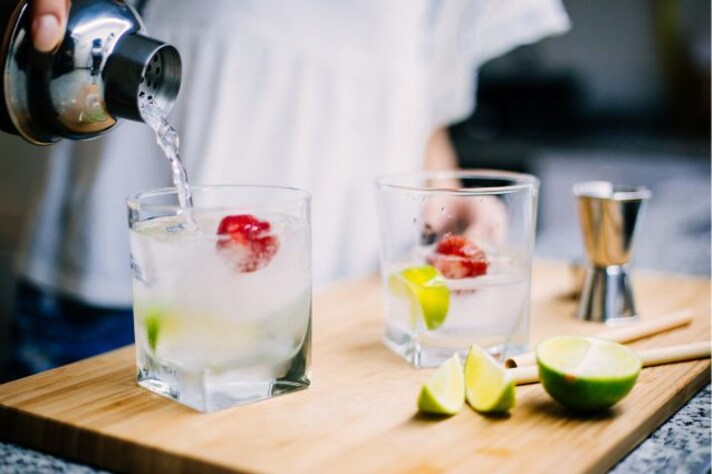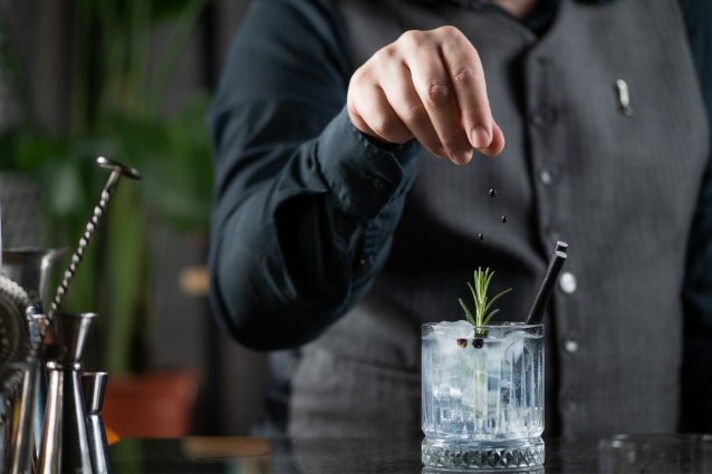
There’s something timeless about a gin and tonic—its crispness, that perfect balance of bitterness and bubbles, the refreshing citrus hit from a slice of lime. But nothing ruins this iconic cocktail faster than mixing it with warm tonic water. Yes, temperature matters more than you might think. While it’s easy to overlook, reaching for a room-temp tonic can drastically change your drinking experience. Let’s break down why serving your G&T with anything less than ice-cold ingredients is a serious cocktail crime.
How Warm Tonic Wrecks Your Drink’s Bubbles
First and foremost, carbonation is king when it comes to tonic water. The refreshing fizz of tonic is what gives a gin and tonic its signature lift. But here’s the thing: warm liquids lose their bubbles far more quickly than cold ones. When you pour warm tonic into your glass, the carbonation escapes almost immediately, leaving you with a flat, lifeless drink. Without that essential fizz, your gin and tonic goes from crisp to dull in seconds.
Tonic water is pressurized to keep it bubbly, but as the temperature rises, those gas molecules start to escape more easily. So, if your tonic has been sitting at room temperature, don’t be surprised when it fizzles out faster than you can say “Cheers!”
Warm Tonic is The Enemy of Balance
One of the reasons the gin and tonic works so well is its balance of flavors: the bitter bite of quinine in the tonic, the botanical complexity of the gin, and the cooling freshness of ice. But when tonic water is warm, that balance is thrown completely off. Warm tonic tends to taste sweeter, as heat can intensify the sugar content, making the drink overly saccharine and cloying. What should be a crisp, refreshing cocktail becomes sticky and heavy, drowning out the delicate flavors of the gin.

Instead of enhancing the botanicals in the gin, a warm tonic will make the drink feel muddled and out of sync. You want your G&T to be a symphony, not a solo act of syrupy sweetness.
Warm Tonic and the Ice Melt Problem
Using warm tonic in your gin and tonic also leads to another unfortunate issue: ice melt. Because warm liquids cause ice to melt faster, your drink quickly becomes watered down, diluting the gin and ruining the overall experience. What starts as a promising cocktail can end up as a glass of tasteless, watered-down disappointment.
On the other hand, when your tonic is cold, it helps keep the ice intact for longer, preserving the perfect balance between dilution and flavor. After all, no one wants their gin and tonic to turn into a sad, soggy mess halfway through.
Room-Temperature Tonic Has a Flat Flavor
Let’s be honest: tonic water doesn’t taste nearly as good when it’s not chilled. Room-temperature tonic water tends to have a slightly metallic or flat aftertaste, which can overpower the subtle botanicals in gin. When cold, tonic is bright, sharp, and refreshing, complementing the gin’s flavors rather than overwhelming them.

Mixing gin with warm tonic is like pairing a gourmet meal with a lukewarm soda—it just doesn’t work. The tonic becomes the dominant flavor in the drink, overshadowing the very thing that makes a G&T special: the gin itself. If you’re going to enjoy a cocktail that celebrates the complexity of gin, don’t let warm tonic steal the spotlight.
The Ideal Temperature for Your Ingredients
So, what’s the ideal temperature for the perfect gin and tonic? Both your gin and tonic water should be as cold as possible—without freezing, of course. Ideally, tonic should be kept chilled at around 40°F (4°C) before mixing. This ensures that you get the maximum carbonation and flavor retention. As for the gin, store it in the freezer for that extra-cool touch, especially if you’re skipping the ice (though a few cubes of ice never hurt).
By starting with cold ingredients, you’ll not only preserve the bubbles and balance the flavors, but you’ll also enjoy a perfectly chilled cocktail that lasts longer. And remember, a cold glass makes all the difference too—pop your glass in the freezer for a few minutes before serving, and you’ll thank yourself later.
;Resize,width=767;)
